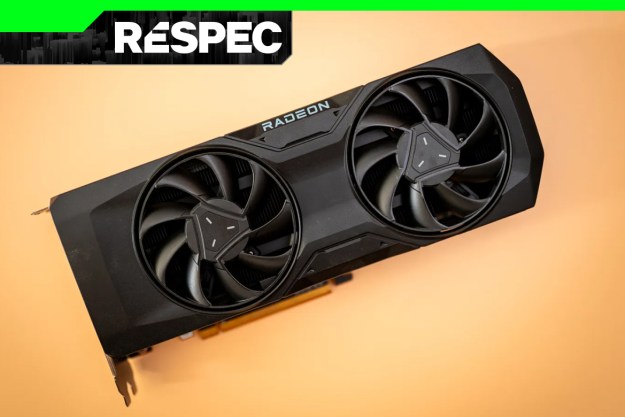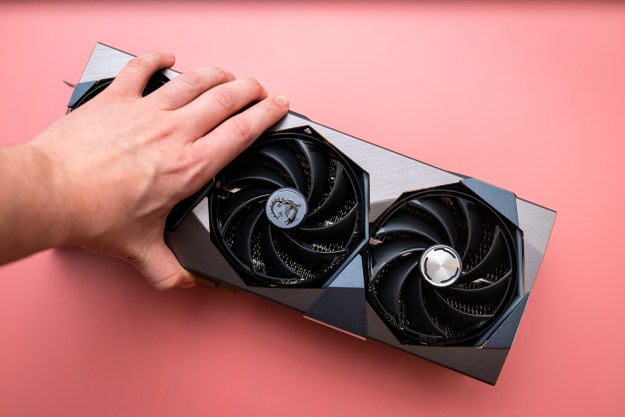According to a new leak, AMD may have a secret ace up its sleeve in the form of its most powerful GPU to date. It seems that the company might be working on an RDNA 3 graphics card that we have not previously heard about.
The rumored GPU, when and if it’s released, would come with dual graphics dies and an unprecedented number of GPU cores.
2023
Specifications to be determined. https://t.co/lvt9SxBPLG— Greymon55 (@greymon55) June 21, 2022
This tantalizing bit of news comes from Greymon55 on Twitter, who is a well-known leaker with an established track record. In one of the tweets, Greymon55 refers to the mysterious graphics card as “7990XT,” implying it would be the crown jewel of AMD’s RDNA 3 lineup.
In a follow-up tweet, Greymon55 reveals that it’s an entirely new GPU and it doesn’t fall under the Navi 31, Navi 32, or Navi 33. It’s supposed to be more powerful than Navi 31, which, as far as we know, is the flagship GPU for that generation of AMD cards.
The poster first revealed the alleged graphics cards a few days ago, talking about the fact that it would come with 16,384 stream processors (SPs) and eight shader engines (SEs). At the time, Greymon55 wasn’t sure whether the GPU even existed and if it was a gaming GPU or something made for professionals. However, their new tweet seems to confirm that the graphics card exists, and supposedly, it is set to launch in 2023.
Seeing as this GPU is said to be even better than the Navi 31, this opens up room for some interesting adjustments that could potentially be made to the architecture of the graphics card. Initial rumors about the Navi 31 GPU implied that it would feature dual graphics core dies (GCDs). Some of these leaks even stretched to include the Navi 32.
However, as time passed, this has been rectified, and the expectation is now that both the Navi 31 and Navi 32 will feature a single GCD with several multi-cache dies (MCDs).

If the AMD Radeon RX 7990XT (or any other variation of the name) comes into being, it could possibly resurrect the concept of using dual GCDs. Reaching 16,384 cores with dual Navi 31 dies shouldn’t be difficult, but as noted by Wccftech, the GPU would likely come with a new chip, thus opening up the potential for even better specifications. Although Greymon initially teased the aforementioned number of cores, the leaker now says that the final specs of the card are “to be determined.”
Assuming the core count stays the same and AMD uses a dual GCD design, we could possibly see the GPU arriving with up to 32GB of memory across a dual 384-bit memory bus. This might be accompanied by a total of 256 compute units (CUs).
Such a GPU would, of course, be an absolute gaming beast, and if it does make it to market as a gaming product, it would top any list of the best graphics cards. However, it could also be overkill for gaming and might be part of a future Radeon Pro graphics card lineup. These cards are favored by content creators and other users who need the absolute highest levels of performance a GPU can possibly offer. On the other hand, Greymon’s suggested “RX 7990 XT” naming seems to contradict that theory.
As with any rumor as early as this one, it’s important to take this leak with a healthy dose of skepticism. Even if we assume that AMD is indeed working on an RX 7990XT, there is no telling when, or if, it might make it to market. Until that happens, we still have the rest of the RDNA 3 lineup to look forward to later this year.
Editors' Recommendations
- AMD’s graphics card sales just took a nosedive
- AMD’s canceled GPU could have crushed Nvidia
- GPU prices are back on the rise again
- Everything you need to know about buying a GPU in 2024
- You shouldn’t buy these Nvidia GPUs right now




